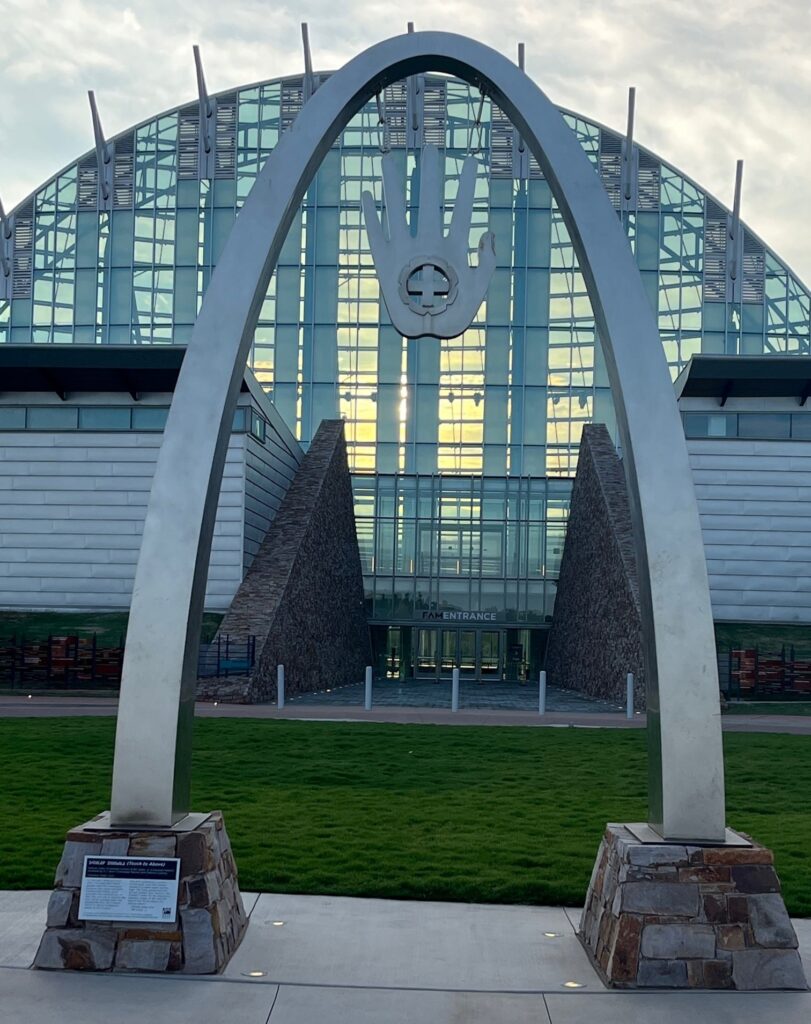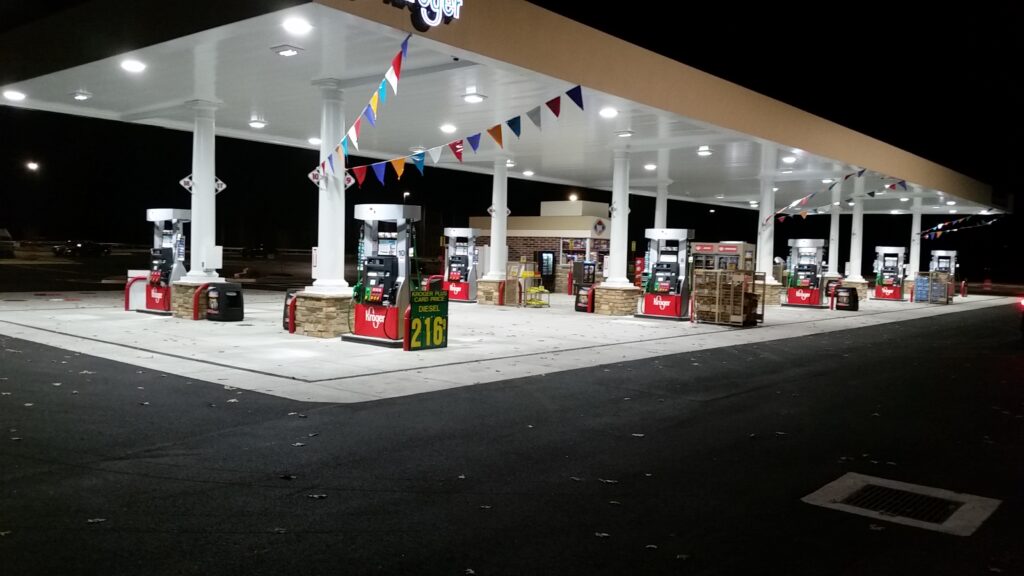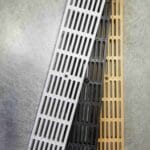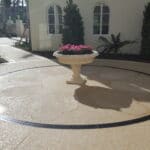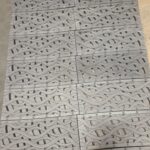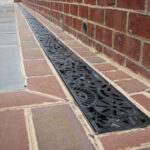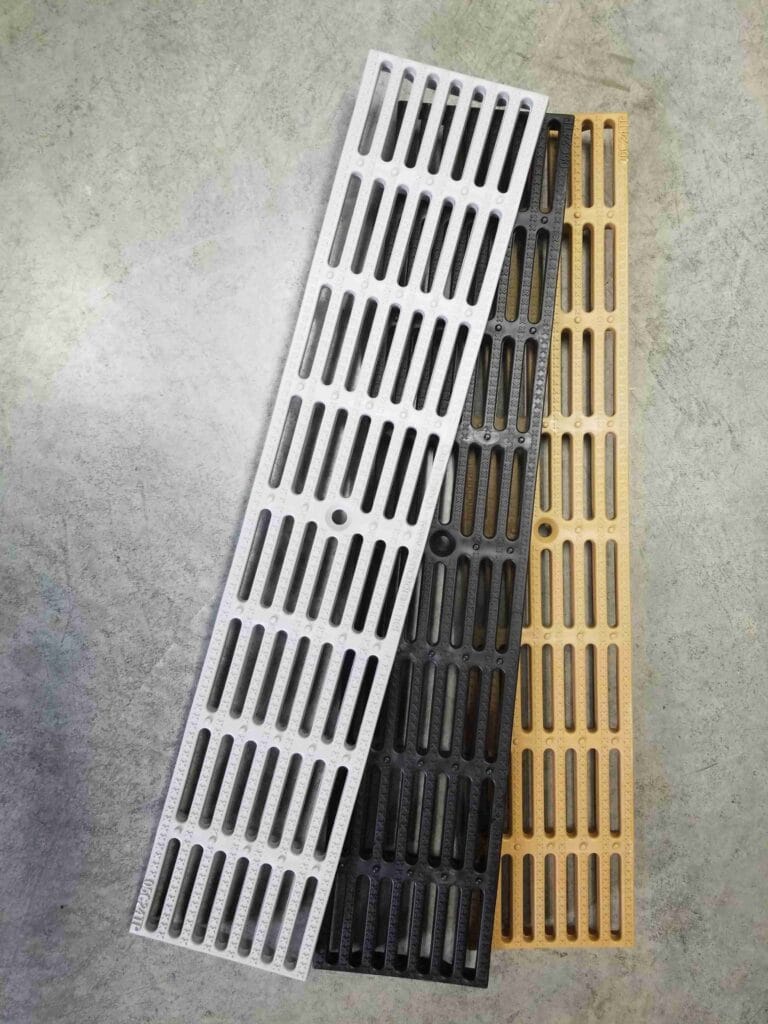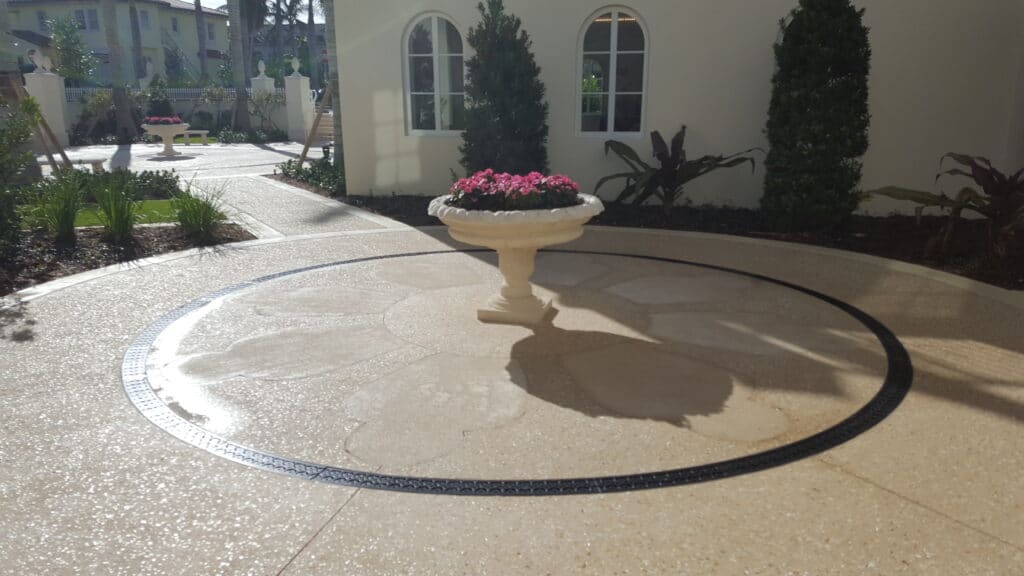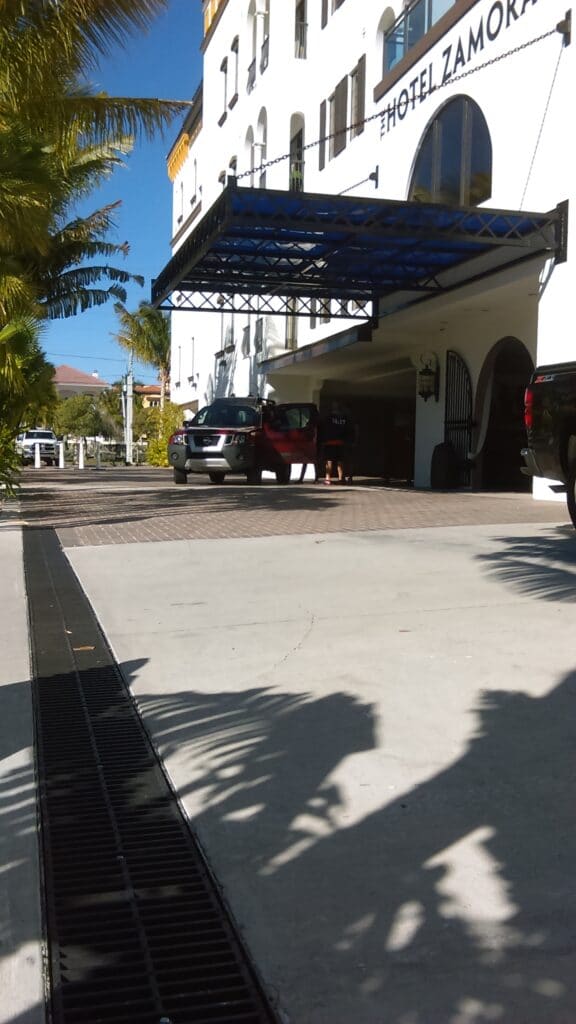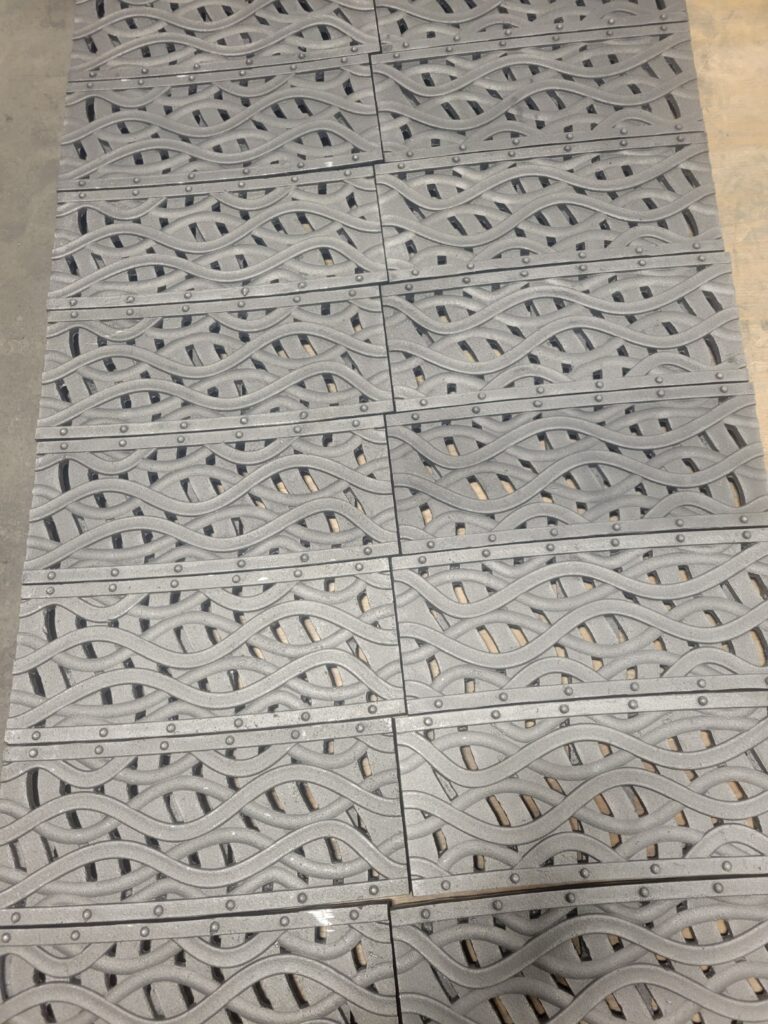Getting the right trench drains in place for your business or home is important. Having issues with flooding or standing water can create safety hazards and might even lead to damage to the foundation of your home or office building. Many people are not aware of just how critical it is to get the right drainage in place for your home well before problems crop up.
Purchasing and investing in a drainage system that is right for your area requires understanding what goes into picking the right drainage system. The kind of soil, weather, and slope in your area can impact your choice, and the kind of conditions that you need your drainage to hold up to can also be a factor. This guide will help you to get the right trench drain system with ease.
5 Things to Know Before Buying Trench Drains
1. You Can Get Prefabricated Drainage Systems
Many people are not aware that you can invest in prefabricated trench drains for your home or business needs. These drains come in a wide array of sizes and shapes and can be customized with regard to materials and drain gratings. You can easily install these drainage solutions and they come with simple instructions and numbering systems stamped into each component to ensure a seamless installation job.
This is one of the best ways to get semi-customized drainage that will hold up to challenges of all shapes and sizes and save you money during the installation process. You only need to know what kind of materials you want your drainage to be made from and the maximum water flow that needs to be handled, and you can order with confidence.
2. Peak Flow Information
You will need to know what the maximum flow rate is in the areas where you are installing drainage. This information will help you pick the right drainage that can handle even peak flow times and seasons with ease. If you get the wrong size drains, you might still have to deal with standing water and flooding during times when the maximum volume of water runoff is present.
Most people think that they just need to install drains that can handle the amount of daily runoff that needs to be removed from their property. You really need to buy drains that are intended to tackle the historical peak flow that is possible for your area. Even if you don’t experience this much water or liquid runoff every year, you need to plan for times when this is an issue so that your drains can handle all the water runoff that is present with ease.
3. Weather Conditions Impact Drainage
Many people are not aware that the weather in their area impacts the materials that they need to select for their drainage system. In places where it is very hot or very cold during the year, materials like PVC are not ideal. There are various kinds of drainage materials that cannot handle long-term exposure to heat and cold without becoming brittle or breaking down.
In addition, if you have caustic runoff on your property from chemicals or business processes, you will also be unable to use certain drainage system materials. Being sure that you consider the environment that your drainage system will be exposed to can greatly improve the chances that your drainage will survive even the toughest challenges with ease. You will want to be sure that you ask for advice about this aspect of your drainage system well before you start installing drainage solutions that will not work in your region or under the conditions that your drainage will be exposed to.
4. Slope
Knowing the slope required for maximum effective drainage is critical before you install your drainage system. You need to be sure that you are picking the right kind of drainage components as well since some areas along your drainage system will require different items like catch basins or square drainage outlets to be able to capture all the runoff that is created in a day.
Many people outsource the calculation of the slope to someone with experience in sorting out the right slope throughout the installed drainage field. Having the correct slope in place can have a big impact on the success and longevity of your drainage system, so it’s worth having an expert take a look at your drainage system before you start ordering components and excavating the site.
5. Grating Materials and Design Matter
You might think that you just need to get some slotted drain covers, and then you will be good to go. There are actually lots of different kinds of drainage covers for trench drains, from ADA-approved drainage covers to drainage protection that is made with wide slots to allow a lot of water to flow into the trench without impediment. The location where you are placing your trench drain, as well as the kinds of traffic that are passing over it, can have a big impact on your decision.
Some grates are made to simply be dropped into place over the trench, while others can be screwed into place to prevent them from being accidentally lifted off the drains below. There are so many shapes and sizes of drain grates to pick from, you will need to be sure that you do your research carefully with regard to this part of the drainage system planning process.
Getting a Quality Trench Drain System Can be Easier Than You Think
Trench drains are a highly effective and durable drainage system that you can count on to operate perfectly for years to come. Knowing more about this kind of drainage solution can help you to get the right drainage for your home or business. You will need to be sure that you outsource to an expert if you need help picking the drainage solutions that are right for you, but you have so many options these days that you should be able to get a customized solution that works great for years to come.

